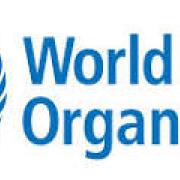
Mr Jean-Marie Aurand, accompanied by Dr Jean-Claude Ruf (Scientific Coordinator of the OIV), presented statistics relating to production, trade and consumption of wine around the world and the latest developments as part of the WHO expert meeting dedicated to evaluating global alcoholic beverage consumption.
This meeting falls within the framework of the collaboration between the WHO and the OIV, which was initiated several years ago. Indeed, the WHO uses OIV data to a significant extent as a basis for the evaluation of the production and consumption of alcohol of vitivinicultural origin in various countries around the world.
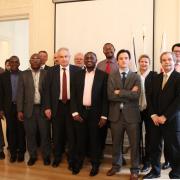
The Director General of the OIV presented statistical trends and the way in which the Organisation functions before going on to describe its activities with regard to vitivinicultural standardisation.
Representatives from national standardisation bodies and professionals in alcoholic beverages raised many issues regarding the drafting processes and the relationships with the Codex Alimentarius standards. Mr Alligator Makori, who runs the standardisation committee, pointed out the growing interest in the wine sector, which has seen an increase in consumption.
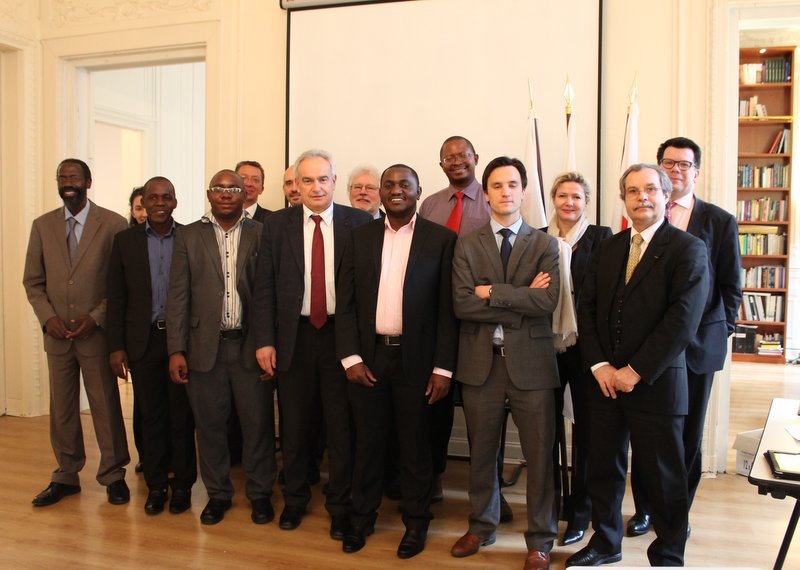
Following a presentation of the product definitions and analytical standards by Dr Jean-Claude Ruf, OIV Scientific Coordinator, a discussion took place on the draft East African standards relating to still, sparkling and fortified wines.
Mr Aurand expressed his satisfaction with the wealth of discussions and interest expressed in the sector by the senior East African figures, whose countries have experienced a rise in wine consumption. This development will result in an increase in trade and thus the need to ensure the safety of the wine supply through recognised international standards.
* The East African Community is a regional intergovernmental organisation that brings together Burundi, Kenya, Rwanda, Tanzania and Uganda.
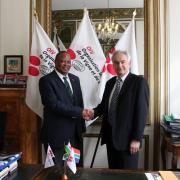
During this meeting, Mr Jean-Marie Aurand recalled the missions of the OIV and elaborated on the challenges faced by the vitivinicultural field as they are defined in the 2015-2019 OIV Strategic Plan. He also emphasised the involvement of the South African experts within the OIV, expressing the wish that this may be expanded into the table grape sector, where the expertise of South Africa is recognised in international markets.
H.E. Mr Rapulane Molekane stressed the importance of consensus regarding the methods by which OIV standards and recommendations are drawn up. He also expressed his satisfaction with the cooperation between his country and the OIV, adding that he would like to see strengthened collaboration where issues related to water management are concerned.
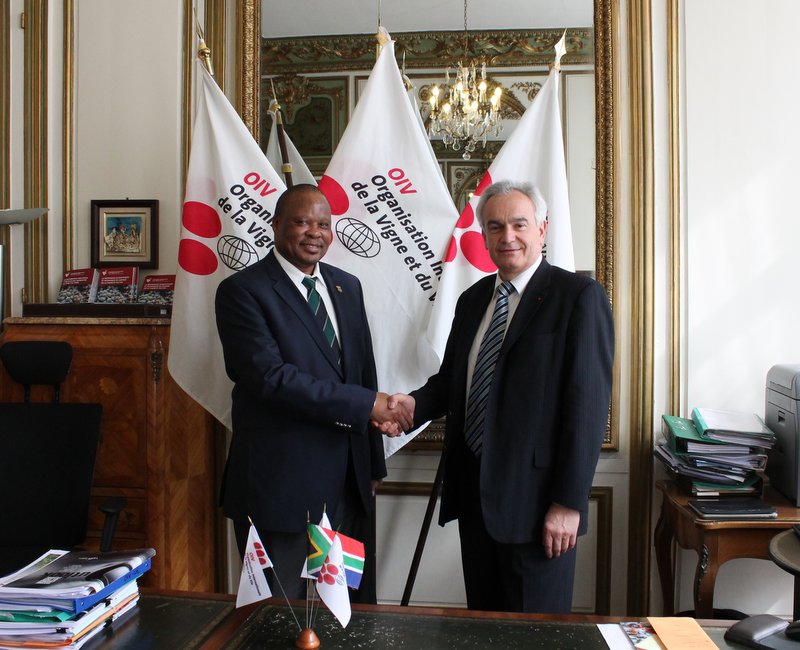
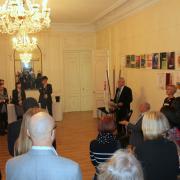
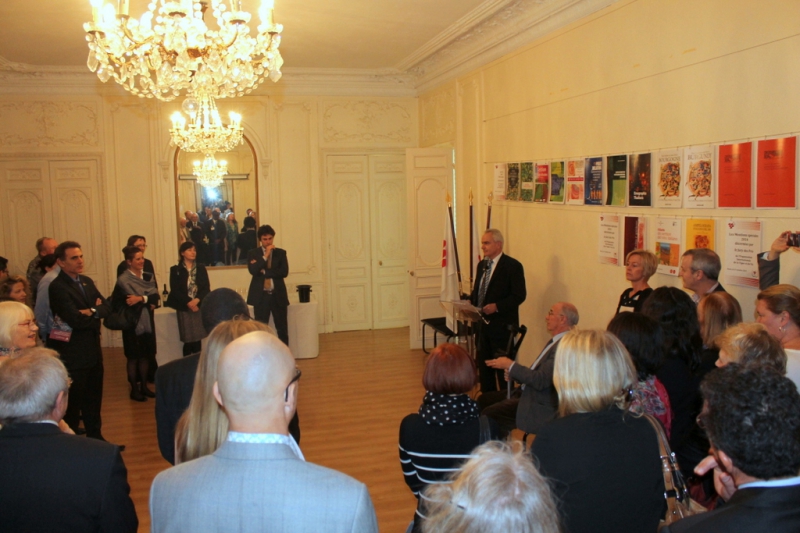
After meeting with the President of the Codex Alimentarius Commission, Ms Awilo Ochieng Pernet, Mr Aurand presented the objectives, missions and actions of the OIV, emphasising the common sectors of activity (additives, contaminants, methods of analysis, grapes, etc.) to which the OIV can and should contribute its international expertise to ensure that the specificities of the vitivinicultural sector are addressed within the Codex.
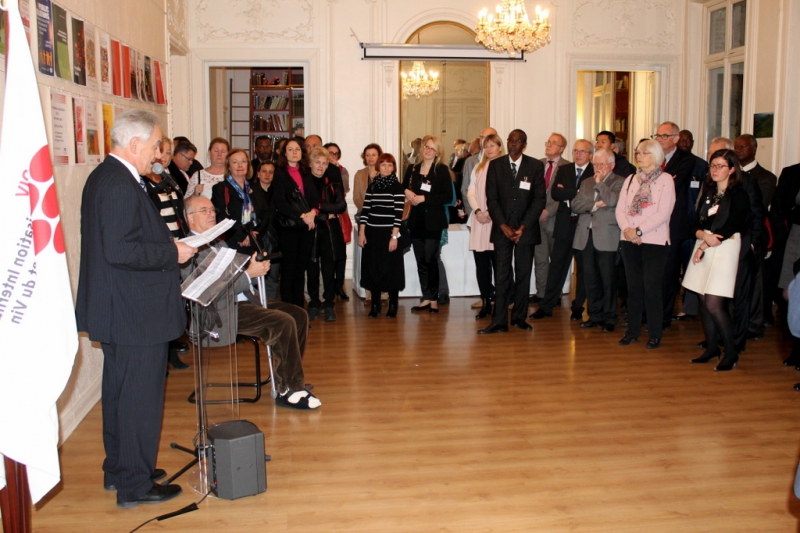
In the presence of Professor Michel Thibier, President of the Committee on General Principles, and of Mr Tom Heilandt, Secretary of the Codex Alimentarius, the Director General of the OIV expressed his satisfaction with this meeting, which enabled many government representatives from non-Member States of the OIV – particularly in Africa and Asia – to discover the OIV's activities and discuss work of common interest that could be developed between the two organisations.
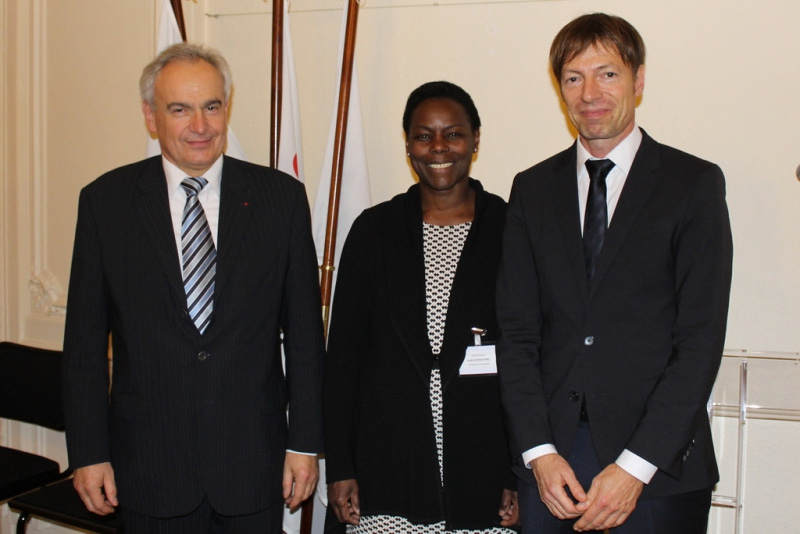
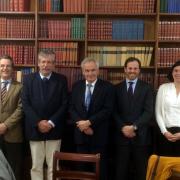
During a meeting with the Secretary of State for Agriculture, José Diogo Albuquerque, the Secretary recalled the importance that his country, as a founding member of the OIV, attached to the work of the Organisation. He also confirmed his desire to maintain the strong presence and involvement of Portuguese experts in the various working groups.
A working meeting organised with representatives of the Scientific and Technical Committee of the OIV National Committee (a body that, within the IVV, liaises between the various players in the vitivinicultural sector and coordinates the standpoints of Portugal with the OIV) allowed for discussion of different topics on the Organisation's work agenda.

The visit to PORVID (the Portuguese Association for Vine Diversity) provided an opportunity for a presentation on work carried out to preserve vine diversity in a country that has a large number of native vine varieties. This work will be presented during the OIV meetings in April.
Finally, while visiting several vineyards that were representative of the diversity of Portuguese viticulture, Jean-Marie Aurand engaged in a number of discussions with sector representatives.
